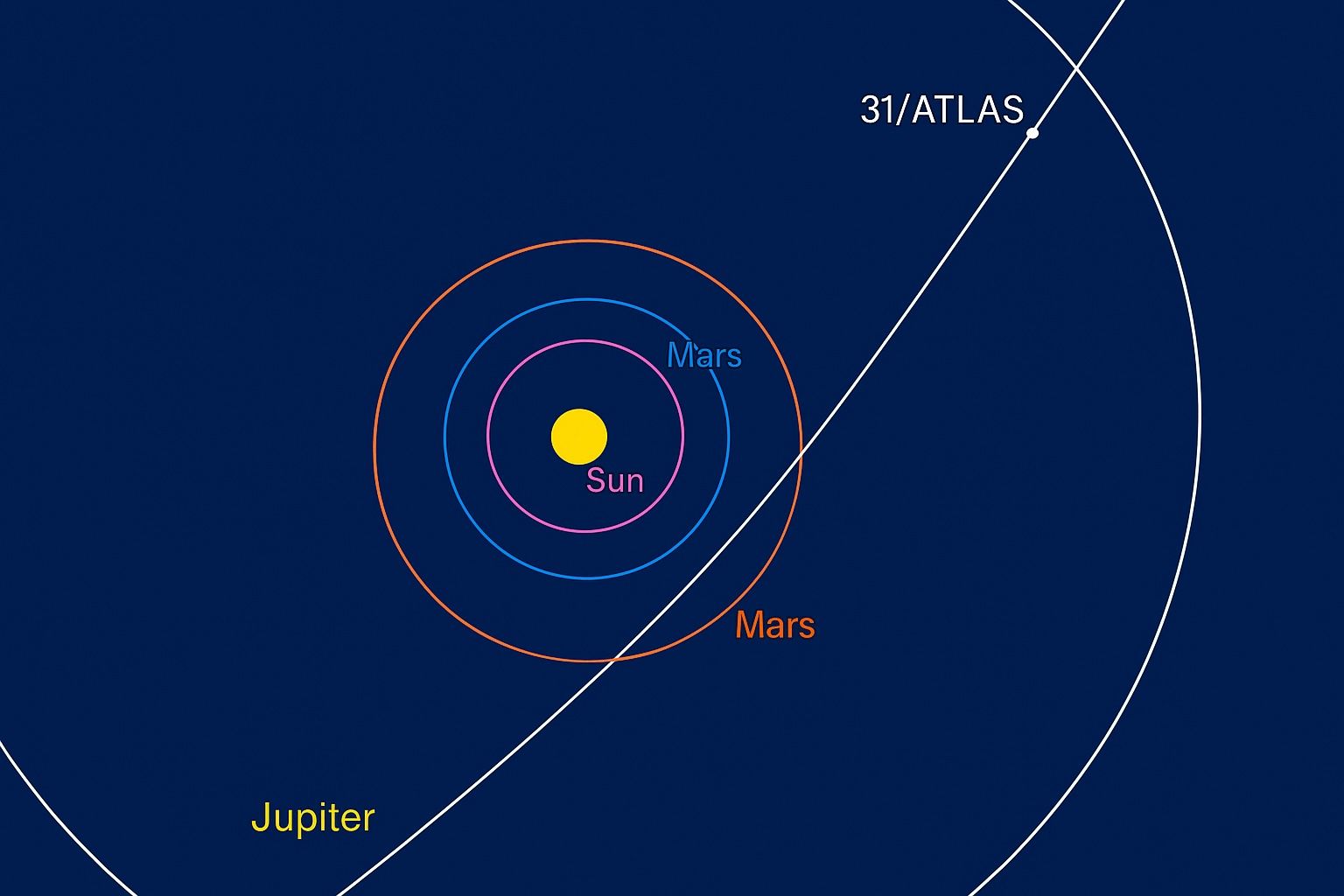
Science Breakthroughs That Shocked the World: July 20–21, 2025 Roundup
China is building a laser-driven fusion facility in Mianyang that is about 50% larger than the U.S. National Ignition Facility. Physicists detected an ultra-faint magnetic signal in gold and copper using a blue laser, confirming a phenomenon theorized for more



